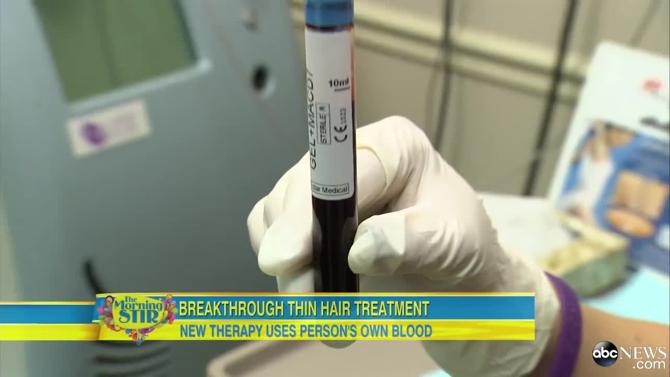LaserCap® in Elle Magazine
Small enough to hide under any Eugenia Kim beret, the diode-laced LaserCap delivers a low-level laser light proven to increase the cellular energy produced in mitochondria, enhancing growth.
“It’s virtually identical to the treatments we used to give in the office using a $100,000 machine,” Bauman says of the effective (but pricey, at $3,000) chapeau.
After 30-minute sessions every other day, “Most people will have a 15 to 30 percent improvement in hair mass in the weaker zones within 90 days.”
Read More
ELLE’s annual roundup of age-defying breakthroughs will have you looking better than your #flashbackfriday from head to toe, but here, we’re focusing on hair products particularly. Because as too many of us know, it’s not just your skin that can age you, and it’s not just guys that have thinning hair problems. Below, our favorite shortcuts to thicker, longer hair, from serums to foams to laser treatments.
Turn Up the Volume
“It’s easier to hold on to hair than to regrow it, so I get patients into treatment as early as possible,” says dermatologist Nicole Rogers, MD. Minoxidil, the derm world’s favorite OTC hair-loss medication, can now be found in more than just Rogaine. “Major hair product companies are realizing how important minoxidil is to women,” says Rogers of the ingredient, which works by making the hair follicle wider and sparking regrowth within six months of use. Meanwhile, we can thank the car industry for a short-term fix. L’Oréal Paris Volume Filler Fiber Amplifying Concentrate contains a thickening agent inspired by the technology used to fix cracked windshields. The brand’s patented Filloxane molecule changes from a liquid to a solid, penetrating the hair fiber and immediately plumping it from within.
Self-Service
Platelet-rich-plasma (PRP) hair-growth treatments—during which a patient’s blood is processed via centrifuge to concentrate the plasma, then shallowly syringed into the scalp—are getting a boost with human placental tissue. Hair restoration specialists inject a patient’s own blood and removes the platelets and plasma. On average, 90 percent of patients with early-stage hair loss will experience a 20 percent increase in volume and coverage.
Light Show
Small enough to hide under any Eugenia Kim beret, the diode-laced LaserCap delivers a low-level laser light proven to increase the cellular energy produced in mitochondria, enhancing growth. “It’s virtually identical to the treatments we used to give in the office using a $100,000 machine,” Bauman says of the effective (but pricey, at $3,000) chapeau. After 30-minute sessions every other day, “Most people will have a 15 to 30 percent improvement in hair mass in the weaker zones within 90 days.”
 Photo: Courtesy of Companies
Photo: Courtesy of Companies
- Alterna Caviar Clinical Daily Densifying Foam lessens daily strand loss ($36, nordstrom.com)
- Pantene Expert Hair Regrowth Treatment stimulates follicles with minoxidil ($23, target.com)
- Instantly amp up body with Oscar Blandi Hair Lift Serum ($30, oscarblandi.com)
- Biologique Recherche Complexe Cegaba+Bioproline tonic works to boost hair density. (Price upon request, biologique-recherche.us)
- L’Oréal Paris Advanced Haircare Volume Filler Amplifying Concentrate is like Restylane for hair ($7, lorealparisusa.com)
- Renessence Follicle Forever Serum prevents loss with a patented peptide ($85, joyus.com)
This article appeared in the October issue of ELLE magazine.






